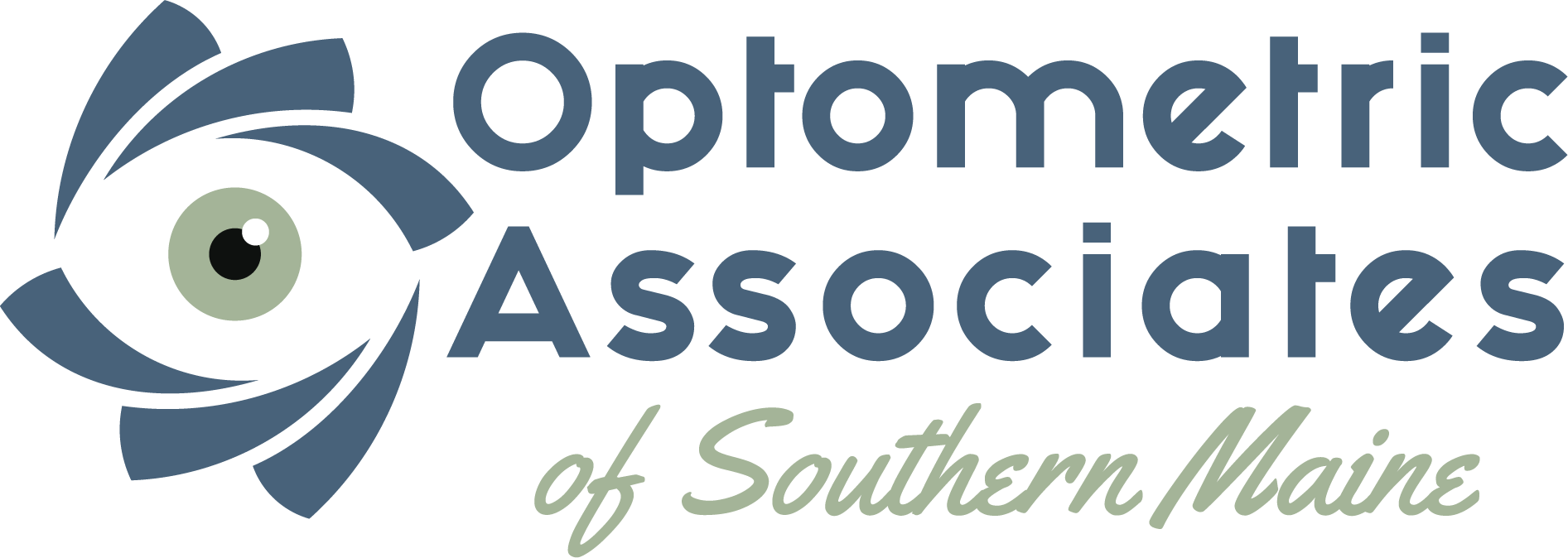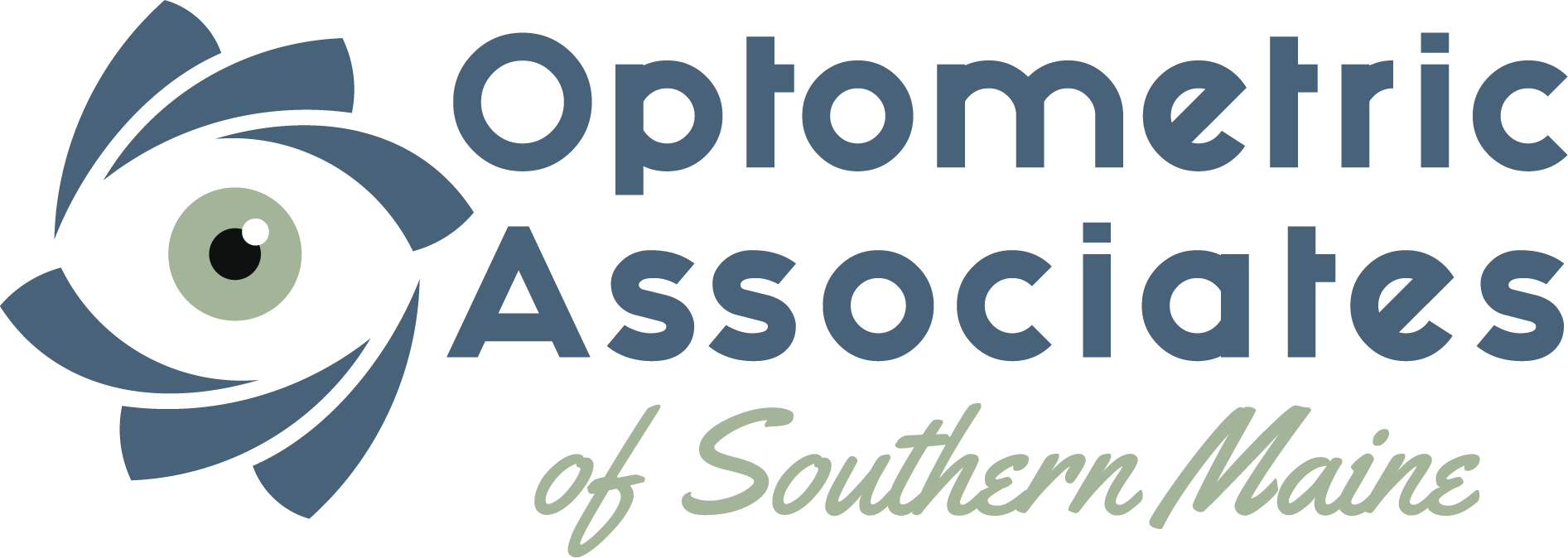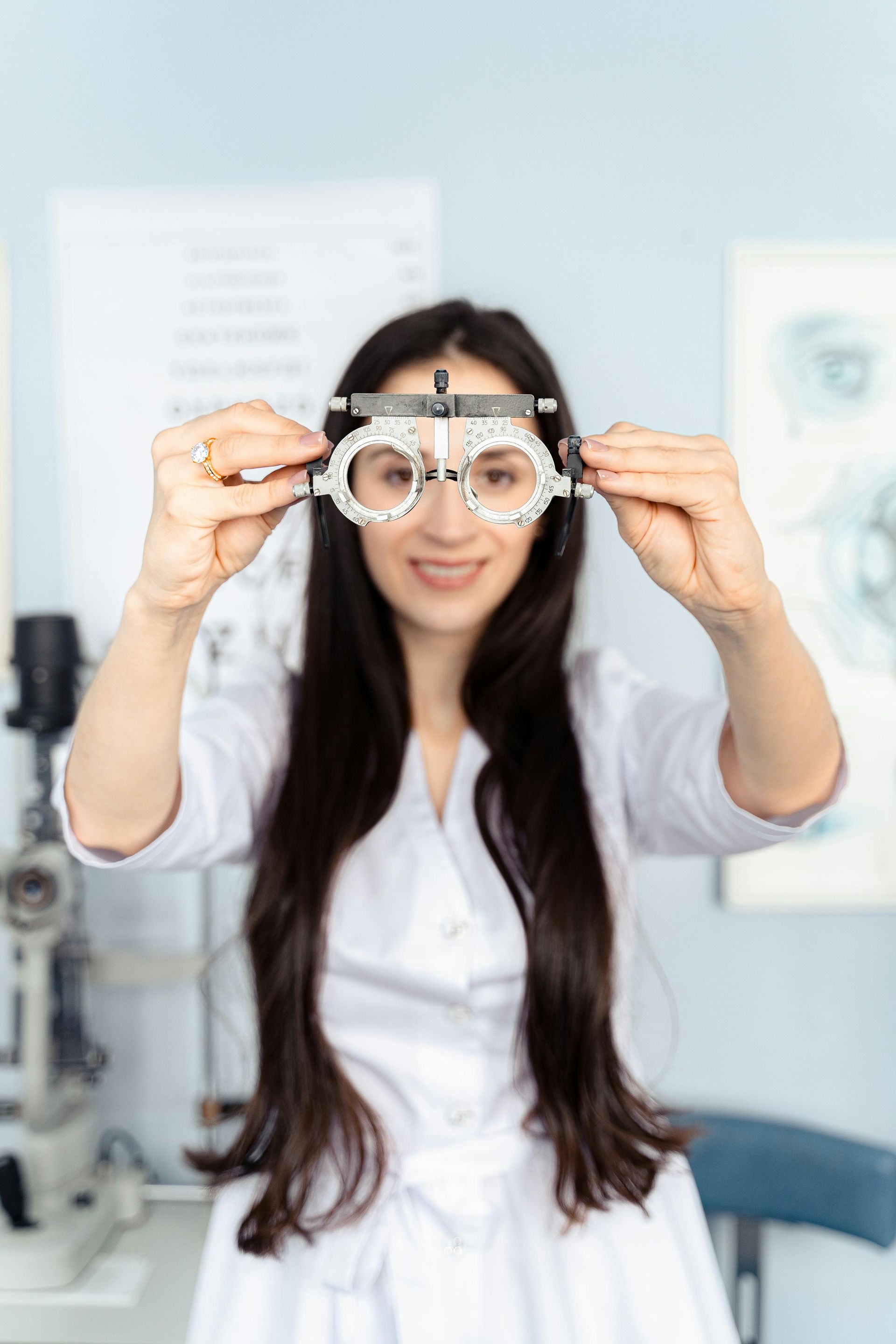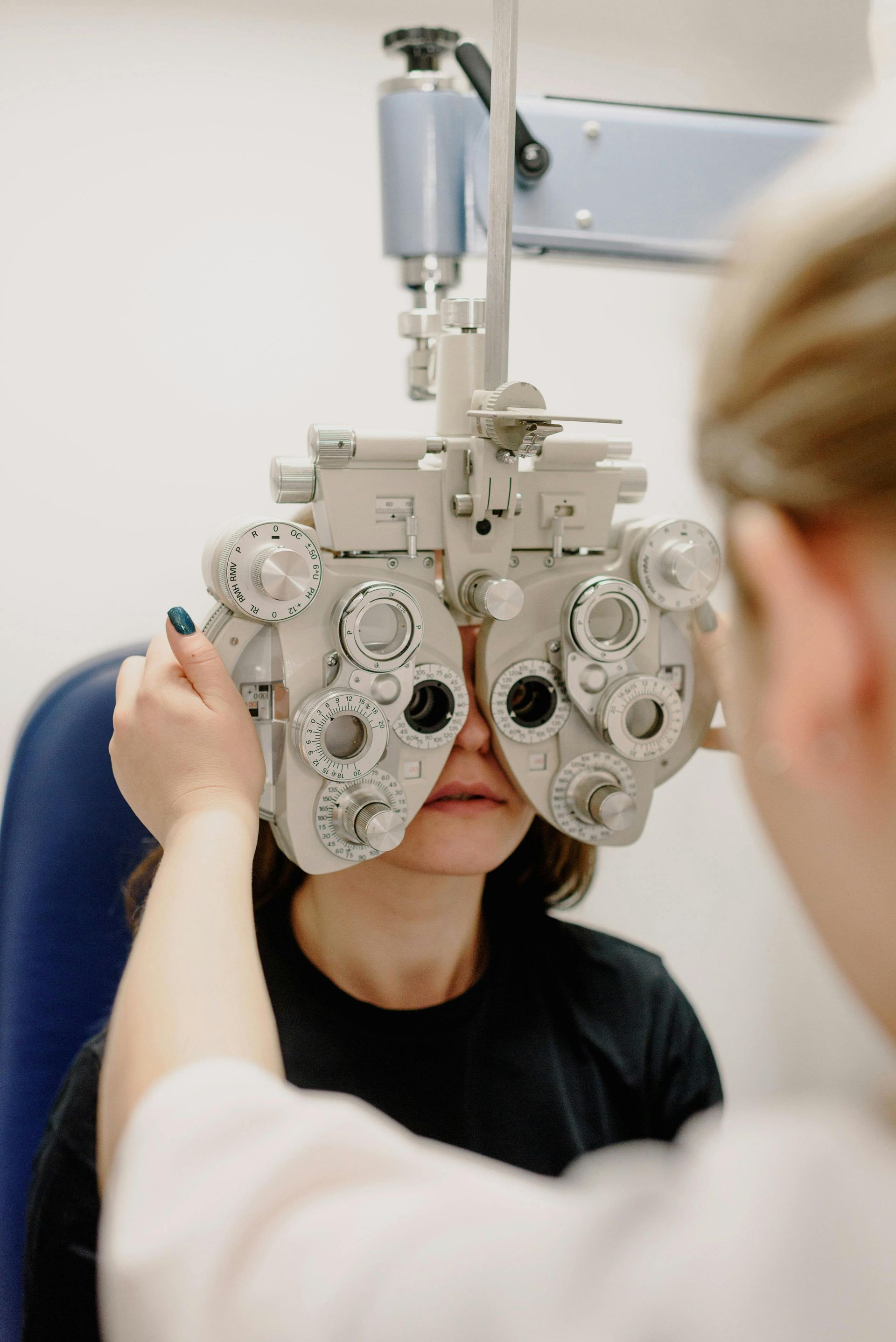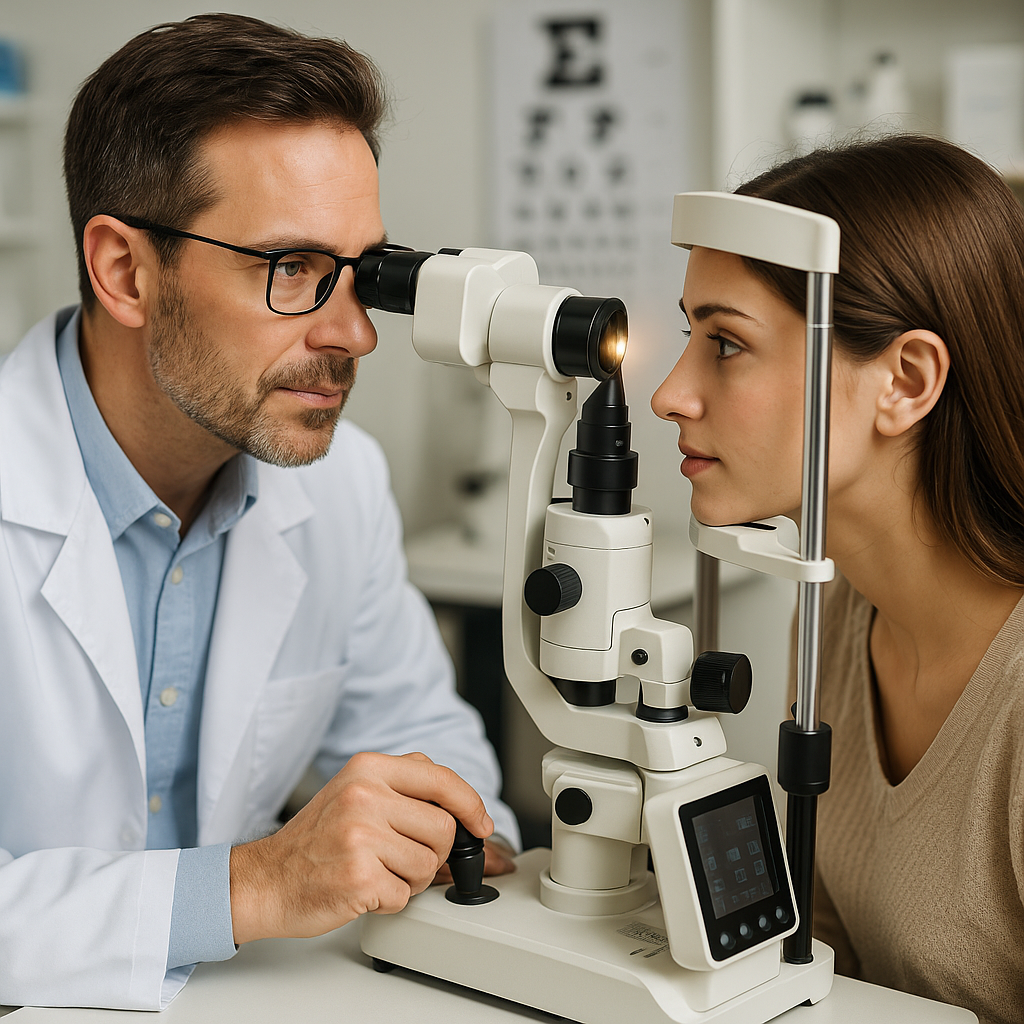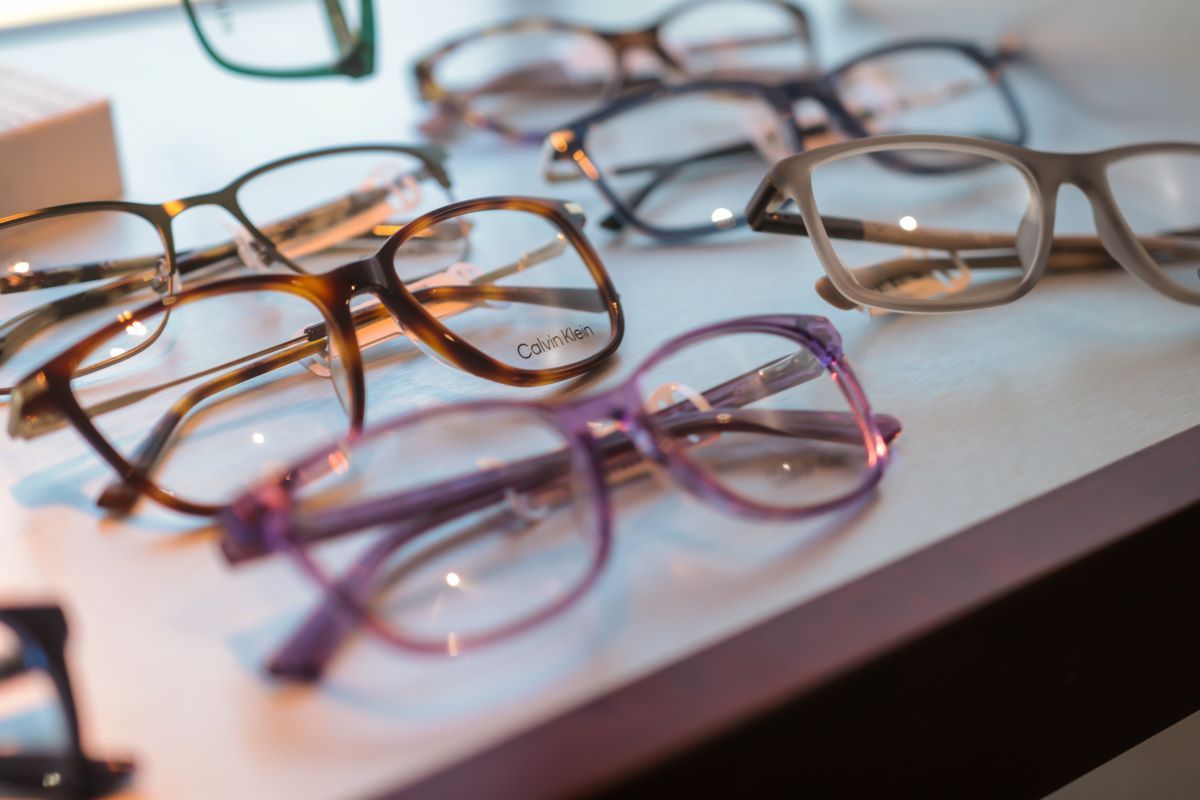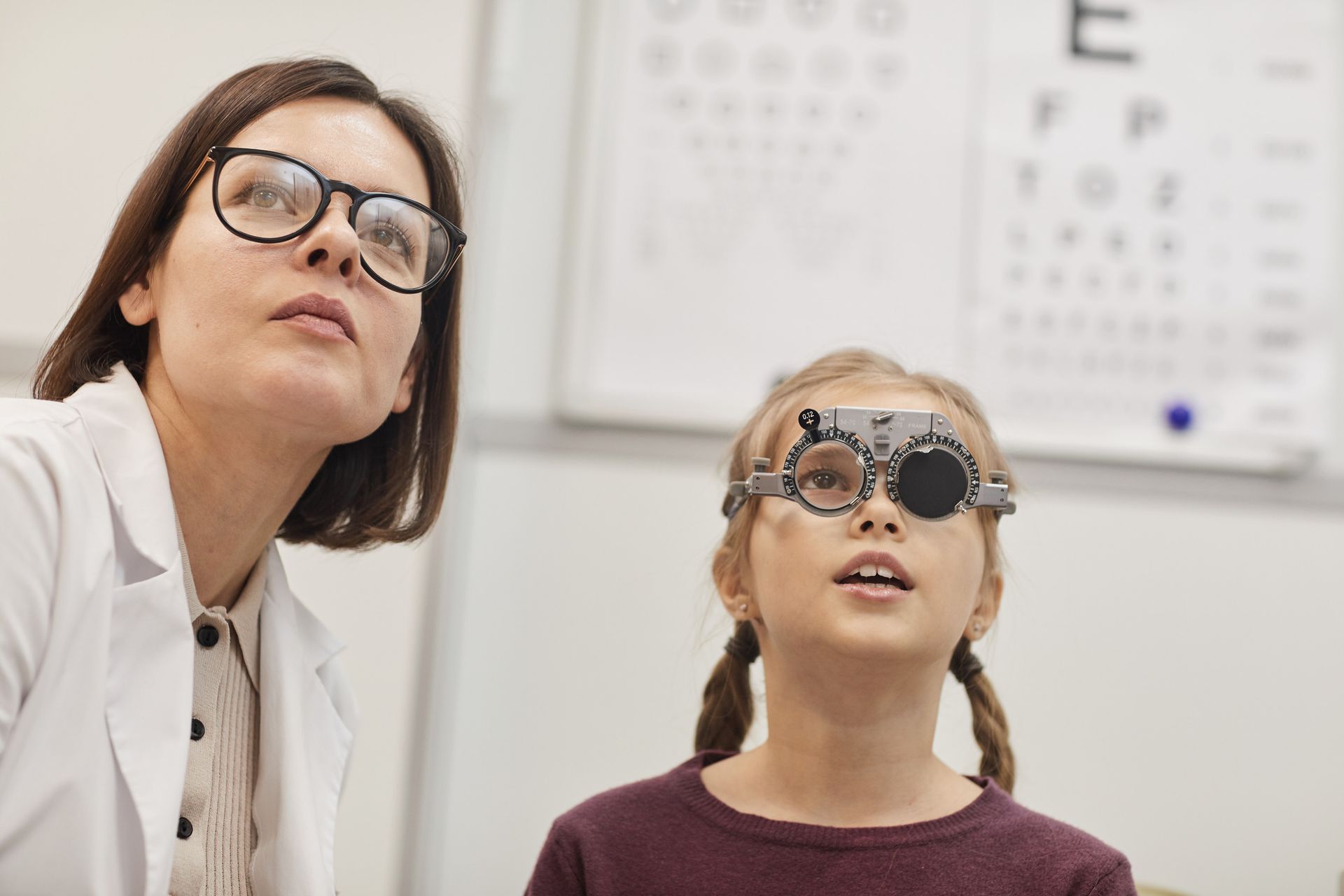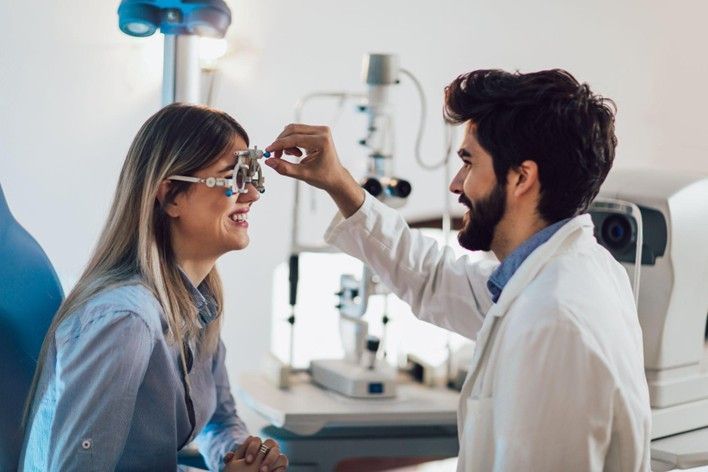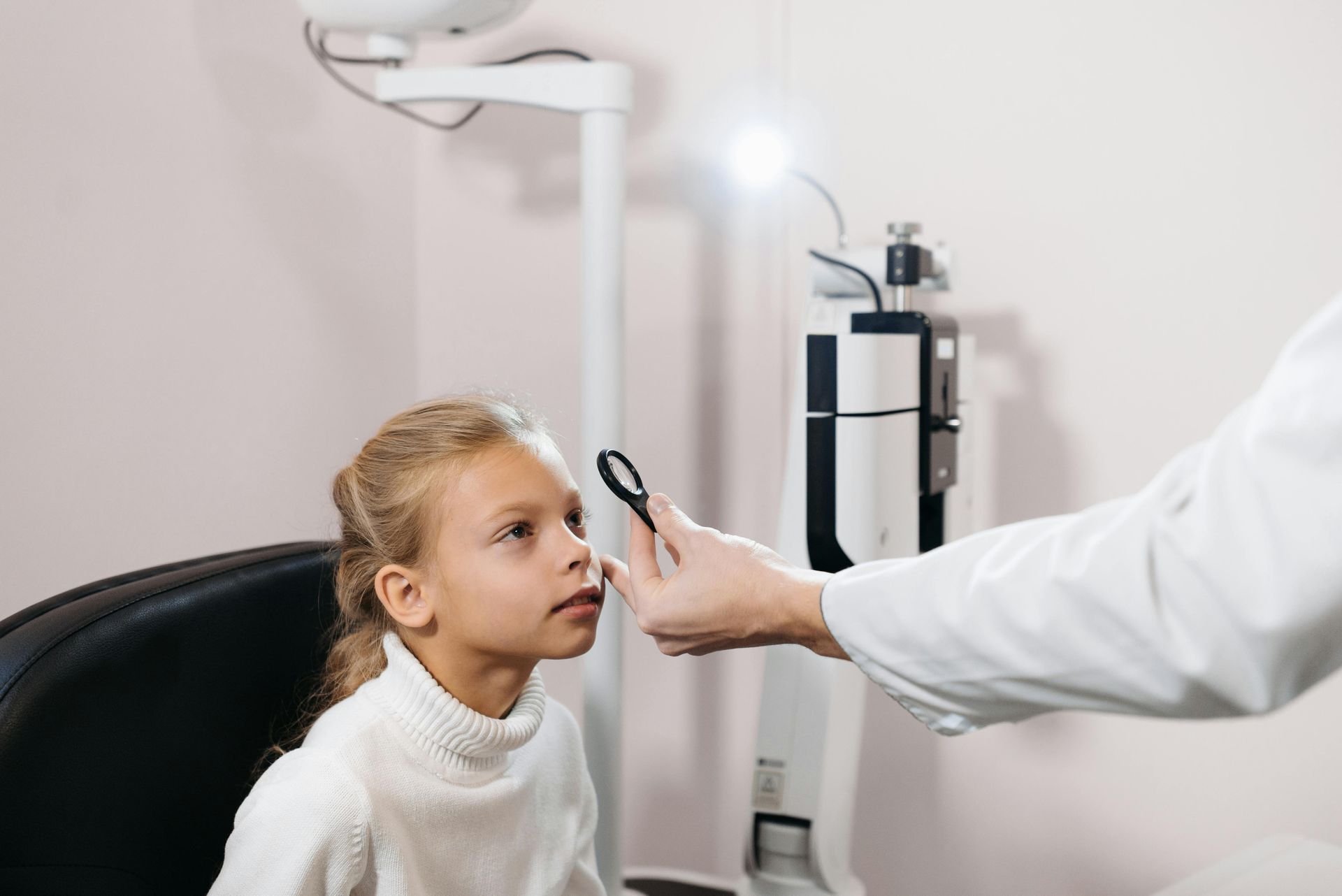4 Signs Your Child Is Ready for Contact Lenses
Contact Lenses For Children
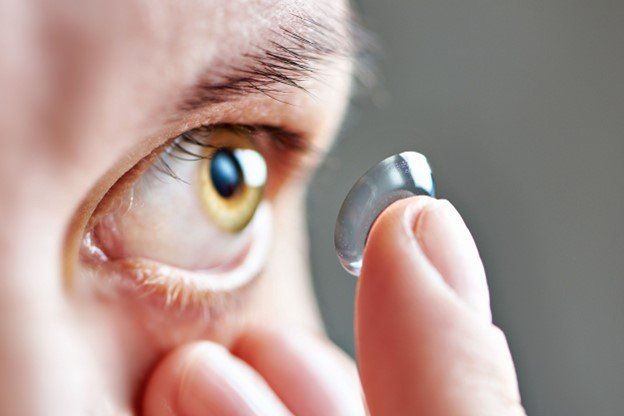
If your child uses prescription eyeglasses, there was probably a time both you and your child considered switching to contact lenses. However, you might have been hesitant because you were unsure if your kid was ready for the responsibility. There is no one particular answer to this question, as each child is ready for contact lenses at different points in their lives. But here are some signs that might indicate your child is ready to make the move from glasses to contact lenses.
Expresses a Desire to Wear Contact Lenses
First, if your child is old enough to express a preference for wearing contact lenses over glasses, that's a good sign that they're ready to take on the responsibility of caring for and cleaning their lenses. You can talk to them to understand why they want to make the change and decide if you want to take the next step.
Is Usually Responsible in Daily Life
Contact lenses require consistent care and cleaning in order to avoid infection. They also need to be put on and removed carefully. Wearing them for too long can be dangerous, so your child will have to be diligent about taking them off before going to bed, keeping them clean, and storing them properly. Clearly, contact lenses can be a huge responsibility for a young child wearing them for the first time.
However, if your kid carries out their chores without being reminded to and is generally very responsible in their day-to-day, they might be ready to handle the responsibilities associated with contact lenses. Make sure to have a talk with them about caring for the lenses and the dangers of wearing them for too long. Also, ask them to inform you if they notice any itchiness and redness in their eye after they start wearing lenses.
Practices Good Hygiene
If your children show that they are mature enough to take care of their own hygiene, understand the importance of cleanliness, and are willing to take the necessary steps to maintain it, then they are also more likely to take good care of their lenses.
They Are Involved in Athletics
Glasses can get in the way of children who play sports. On the other hand, they can enjoy better vision and have access to more protective headgear options if they wear contact lenses, making it a good alternative. Moreover, they won’t have to worry about their glasses slipping or breaking while playing a game.
Getting a prescription for contact lenses is a big step for any young person. If you feel that your child is ready to start wearing contact lenses, you first need to get an eye exam from a good optometrist. If you live in or around Biddeford, Maine, look no further than Optometric Associates of Southern Maine! We offer many optometrical services, including eye exams and fitting for contact lenses. Contact us today to find out if contact lenses are a good option for your child.
